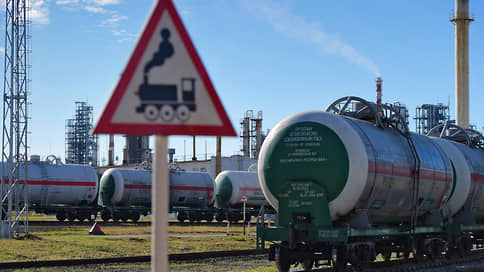Isiez predicted the place of Russia in the world science rating by 2030

The goal of the entry of the Russian Federation by 2030 among the ten leading countries of the world in terms of scientific research and development of achievable only when ensuring sustainable growth in financing the scientific and technological sphere, the forecast prepared by authors from the Institute for Statistical Research and Knowledge of the NIU HSE. In a “moderately optimistic” script, Russia will be able to rise from the current ninth to sixth place, while the preservation of the current trends will push it out of the top 10.
In the work of Mikhail Gershman, Yuri Dranev, Andrei Klypin and Elena Ochirova from the Institute of Statistical Research and Knowledge Economics (Isiez) of the Higher School of Economics, as well as Alexei Semin from the government apparatus – it was published in a fresh issue « Problems of forecasting » – Two scenarios of the forecast of Russia’s place in the world ranking on the volume of scientific research and development by 2030 are given. They are tied to the options for the forecast of socio-economic development of the Ministry of Economy. Recall that the country’s entry into the top 10 rating requires May decree The president is about the national.
The general place in the list is defined as the sum of the five components – this is the number of researchers, the share of scientific articles in the international publications indexed in international databases, the share of patents, the volume of internal expenses for research and development (SIZR), as well as the number of universities in global universities. As of 2024, according to Isiez, the Russian Federation took ninth place in terms of scientific research and development. This position consists of the 6th place in terms of the number of researchers, the 9th-in terms of the amount of the carrier and the number of universities in international ratings, the 12th-by the share of articles in publications indexed by the MBD, and the 13th place in the share of issued patents. At the same time, such an integral calculation methodology was used only in relation to Russia to clarify the implementation of the National Council – no one calculates the general rating of countries in the world, explained “Kommersant” to Ises, only comparison in components is used to compare the levels of scientific development.
The hypothesis of the conservative scenario is the negative macroeconomic situation in the Russian Federation and the strong influence of sanctions.
In these circumstances, the total costs of science and technology will significantly decrease, primarily due to the refusal of business financing and development. Entrepreneurs concentrate on solving short -term problems instead of long -term planning, researchers explain. The fall of domestic costs, respectively, will follow the gradual outflow of scientists to other sectors of the economy, which will squeeze the Russian Federation from the top 10 countries to 12th place.
A moderately optimistic (basic) scenario involves the preservation of moderate economic growth and level of sanctions pressure in the country, which, on the contrary, will contribute to a sustainable increase in science financing and the state and companies, while the business assignes the role of a key driver to increase science costs – in the total volume of internal costs, its share should increase to about half by 2030. With this scenario of the Russian Federation, according to the integral indicator, it may take sixth place by 2030. So far, however, according to Isiez for 2023, the share of private funds to the carrier is a little less than a third – 30.6% (See “Kommersant” dated September 18, 2024).
However, the growth scenario will not be possible without additional measures to support science, the authors of the forecast note. In order to increase extra-budgetary financing of science, in their opinion, it is necessary to increase investments in the scientific and technical sphere even in conditions of strict budgetary restrictions, create incentives for improving the effectiveness of scientific research and development, and expand existing tax benefits for business.







